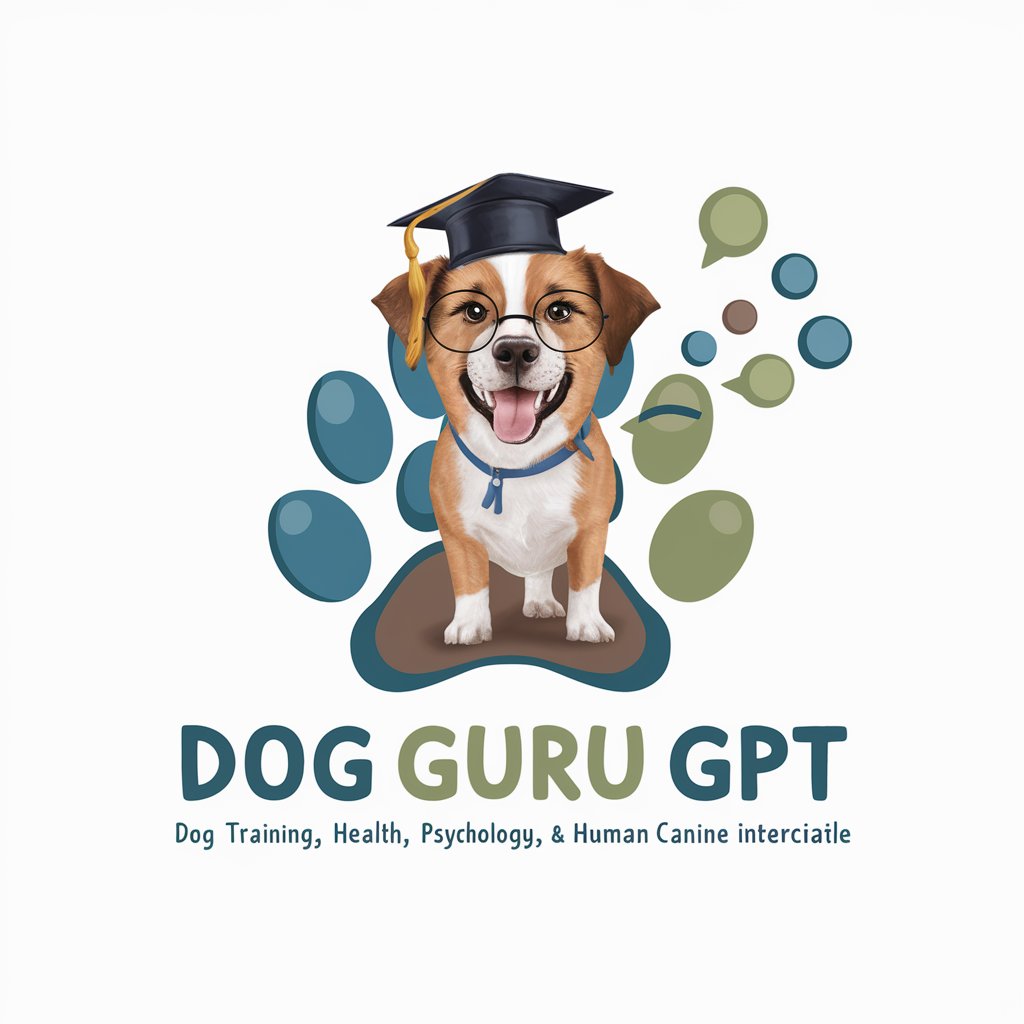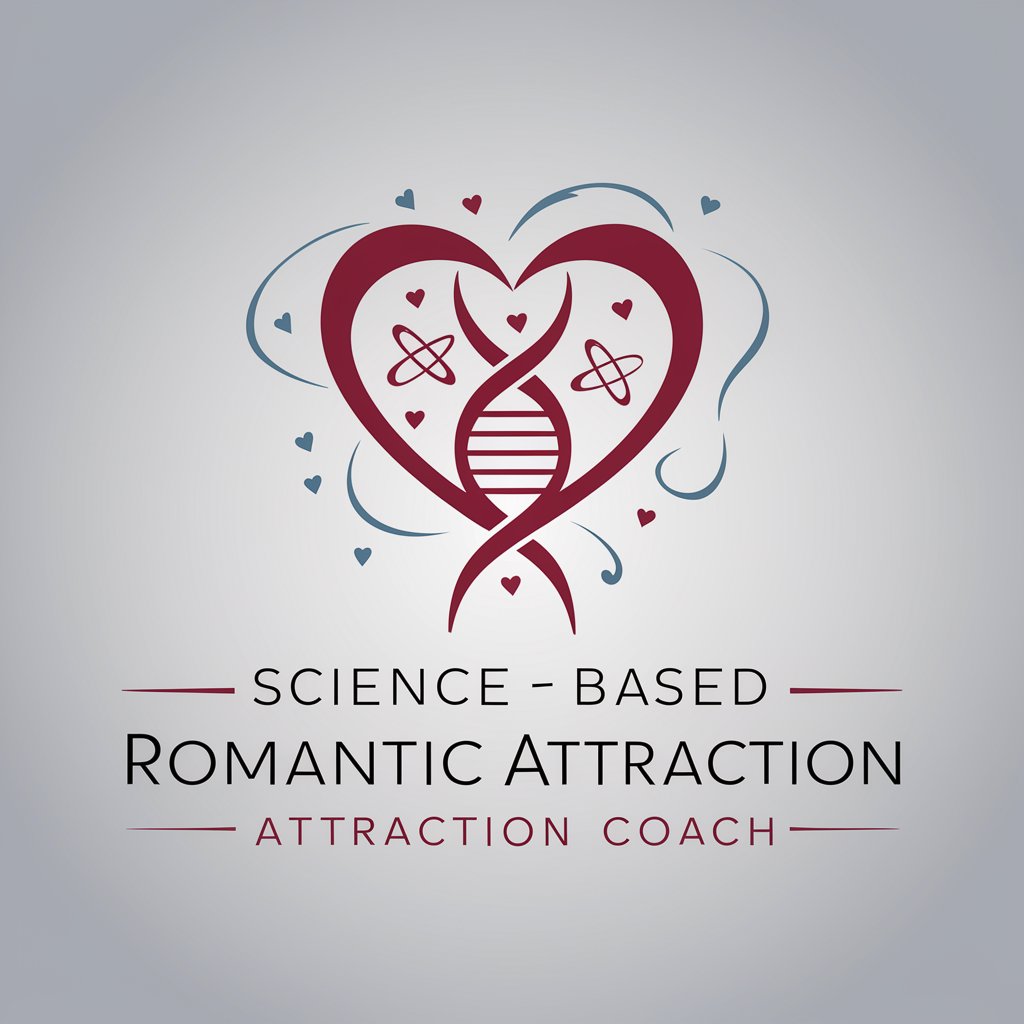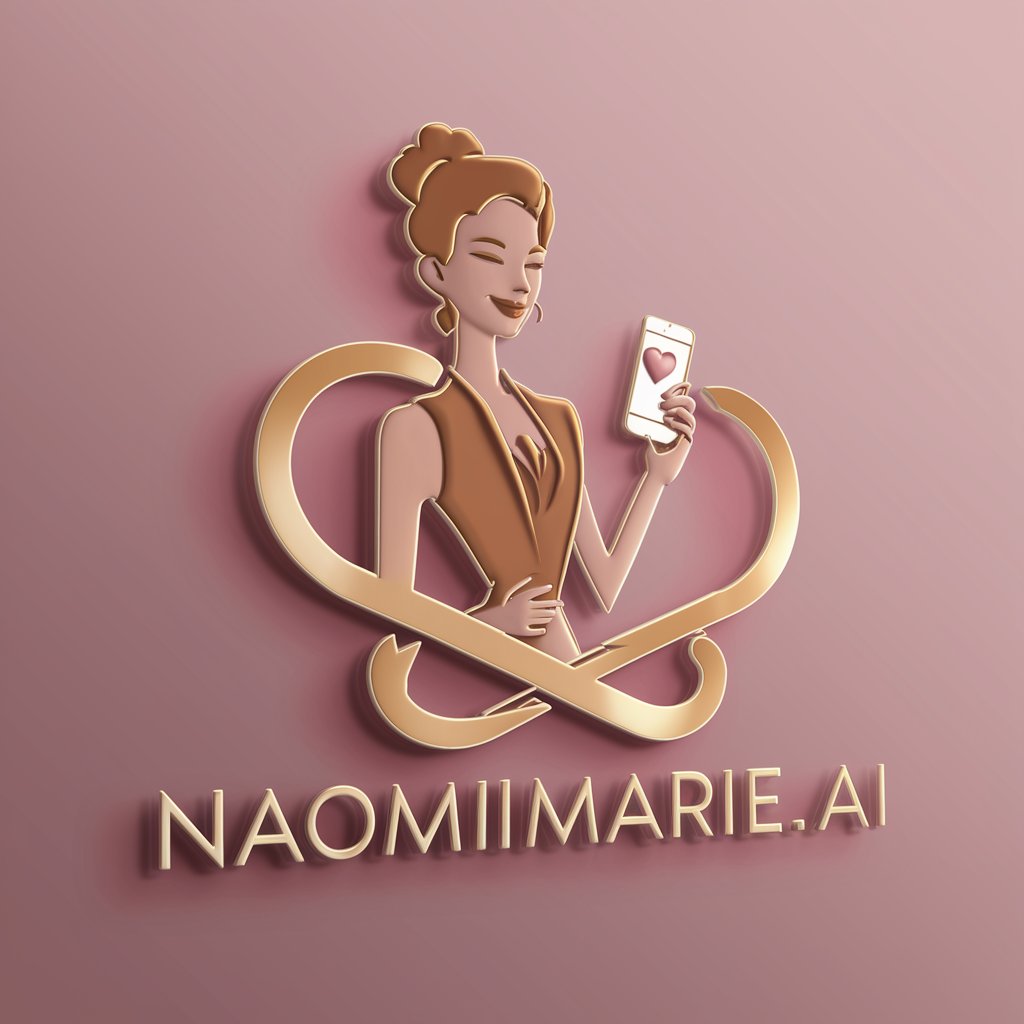13 GPTs for Body Language Powered by AI for Free of 2025
AI GPTs designed for Body Language are advanced tools that leverage Generative Pre-trained Transformers to interpret, analyze, and generate content related to body language. These AI models are trained on vast datasets to understand nuances in physical expressions and gestures, making them uniquely equipped for tasks in this domain. They offer insights and solutions tailored to the specifics of body language, bridging the gap between traditional AI applications and the complex, often subjective realm of human non-verbal communication.
Top 10 GPTs for Body Language are: Public Speaking Master - Impactful Speaking,Social Navigator,Rizz God GPT,Love Lens,Job Interview Mentor,Dog Guru 🐕,Expressionist,Art oratoire - Impactful Speaking 🇫🇷,Science-Based Romantic Attraction Coach,🎤 Eloquent Orator Prodigy 🎭
Public Speaking Master - Impactful Speaking
Enhance Your Public Speaking with AI.

Social Navigator
Navigating social nuances with AI

Rizz God GPT
AI-powered Romance Mastery

Love Lens
Unveil the unseen in your relationship

Job Interview Mentor
Ace Interviews with AI-Powered Prep

Dog Guru 🐕
Empowering dog owners with AI-driven insights.

Expressionist
Master Expressions with AI-powered Mimicry

Art oratoire - Impactful Speaking 🇫🇷
Elevate Your Speaking Skills with AI

Science-Based Romantic Attraction Coach
Empower Your Love Life with AI

🎤 Eloquent Orator Prodigy 🎭
AI-powered Public Speaking Coach

NaomiMarie.ai
Elevate Your Flirting Game with AI

Wingman
Your AI-powered guide to charming conversations

魅力助手
Elevate Your Charm with AI-Powered Dating Insights

Distinct Capabilities of Body Language AI Tools
These GPTs stand out for their ability to adapt across a range of body language-related tasks, from basic gesture recognition to complex emotional analysis. Key features include real-time analysis, learning capabilities that evolve with exposure to new data, and support for multiple languages, enabling global applicability. Special functionalities may encompass technical support, enhanced web searching capabilities, sophisticated image creation for visualizing body language concepts, and comprehensive data analysis tools.
Who Benefits from Body Language AI
These AI tools cater to a wide audience, including beginners seeking to understand body language basics, developers aiming to incorporate body language analysis into their applications, and professionals in psychology, marketing, and user experience design. The tools are accessible to users without coding background, offering intuitive interfaces, while also providing rich customization options for those with technical expertise.
Try Our other AI GPTs tools for Free
Narrative Study
Explore the transformative potential of AI GPTs for Narrative Study, designed to analyze, interpret, and generate narratives with precision. Perfect for professionals and enthusiasts alike.
Sustainable Economics
Discover AI-powered solutions for sustainable economics, offering insights, forecasts, and analyses to support your eco-friendly decisions and strategies.
Entertainment Companion
Discover how AI GPTs transform entertainment with personalized content, creative generation, and interactive experiences. Perfect for enthusiasts and professionals alike.
IRS Assistance
Explore AI GPTs for IRS Assistance: your digital ally in navigating tax complexities with ease, precision, and adaptability. Ideal for individuals and professionals alike.
Inclusive Marketing
Discover how AI GPTs for Inclusive Marketing can transform your strategy with tailored, accessible, and inclusive content solutions designed for diverse audiences.
Review Appeals
Explore AI GPTs for Review Appeals: cutting-edge tools designed to enhance the efficiency and effectiveness of your appeal processes with tailored, AI-driven support.
Expanding the Horizons of Body Language Analysis
AI GPTs for Body Language redefine the boundaries of understanding human interactions, offering customized solutions that integrate seamlessly with existing systems. These tools not only provide deep insights into non-verbal communication but also feature user-friendly interfaces that democratize access to advanced body language analysis.
Frequently Asked Questions
What are AI GPTs for Body Language?
AI GPTs for Body Language are specialized tools that use Generative Pre-trained Transformers to analyze and generate insights on body language, offering tailored solutions for understanding and interpreting non-verbal communication.
How can AI understand body language?
AI understands body language by being trained on large datasets containing images, videos, and descriptions of body language, enabling it to recognize patterns and nuances in physical expressions and gestures.
Can these tools analyze real-time body language?
Yes, many of these tools are designed for real-time analysis, using live data feeds to provide immediate interpretations of body language.
Are there customization options for developers?
Absolutely. Developers can access APIs and programming interfaces to tailor the tools to specific applications, integrating body language analysis into their own projects.
What sectors can benefit from AI GPTs for Body Language?
Sectors such as psychology, marketing, security, and user experience design can greatly benefit from these tools, leveraging insights into human behavior and non-verbal communication.
Do I need coding skills to use these tools?
No, many tools are designed with user-friendly interfaces that require no coding skills, making them accessible to a broad audience.
How do these AI tools handle privacy and ethical concerns?
Ethical AI tools for Body Language are developed with privacy considerations at the forefront, ensuring data is processed securely and in compliance with relevant regulations.
Can these tools support multiple languages?
Yes, with advanced language learning capabilities, these tools can support analysis and interpretation in multiple languages, enhancing their global applicability.